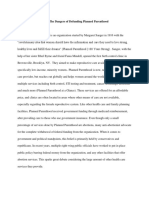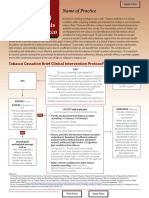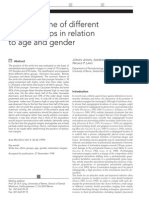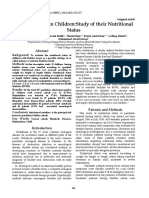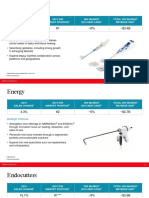0% found this document useful (0 votes)
81 views5 pagesReport Final
The document summarizes the history and efforts of Planned Parenthood to provide reproductive healthcare services, particularly birth control. It discusses the founding of Planned Parenthood in 1916 and the long struggle to legalize birth control. It then describes the HER Salt Lake initiative that aims to provide free birth control to local women. The summary concludes by noting that Planned Parenthood continues its work despite facing opposition and plays an important role in educating people and preventing unwanted pregnancies.
Uploaded by
api-354960188Copyright
© © All Rights Reserved
We take content rights seriously. If you suspect this is your content, claim it here.
Available Formats
Download as PDF, TXT or read online on Scribd
0% found this document useful (0 votes)
81 views5 pagesReport Final
The document summarizes the history and efforts of Planned Parenthood to provide reproductive healthcare services, particularly birth control. It discusses the founding of Planned Parenthood in 1916 and the long struggle to legalize birth control. It then describes the HER Salt Lake initiative that aims to provide free birth control to local women. The summary concludes by noting that Planned Parenthood continues its work despite facing opposition and plays an important role in educating people and preventing unwanted pregnancies.
Uploaded by
api-354960188Copyright
© © All Rights Reserved
We take content rights seriously. If you suspect this is your content, claim it here.
Available Formats
Download as PDF, TXT or read online on Scribd
/ 5









